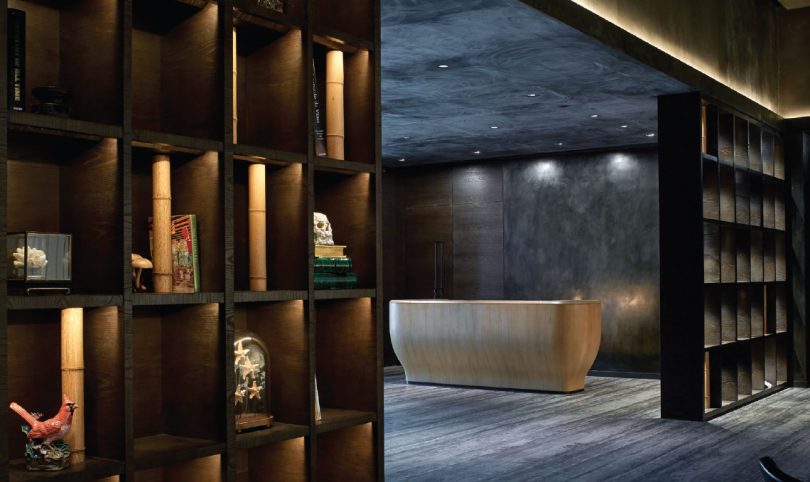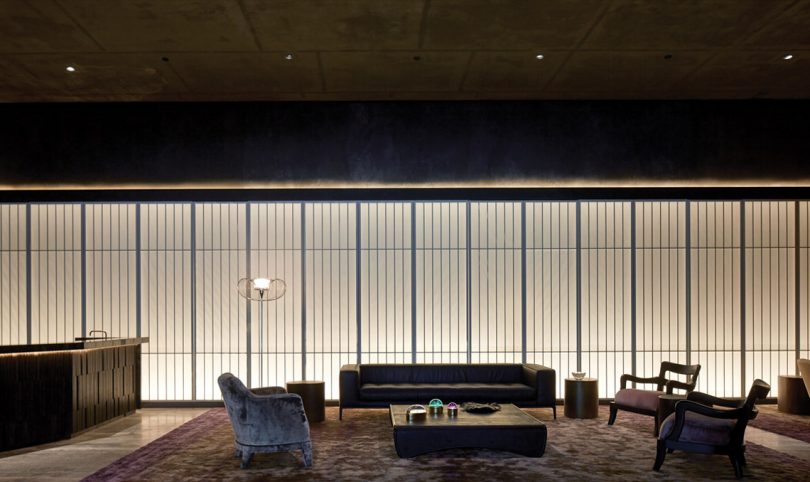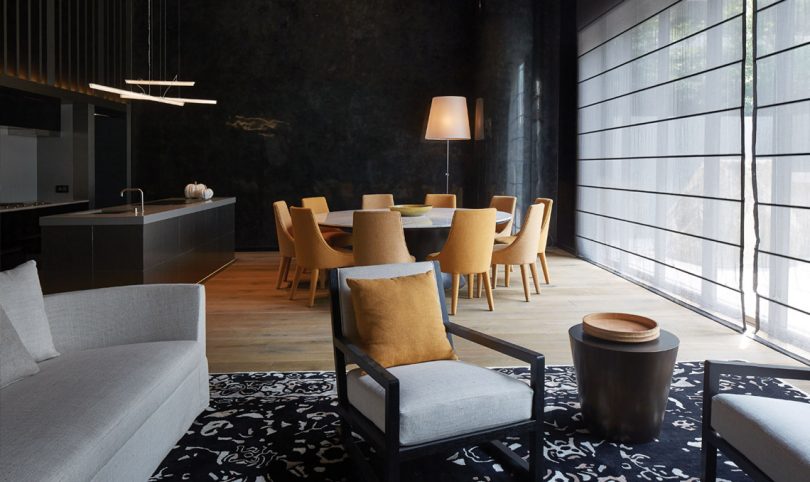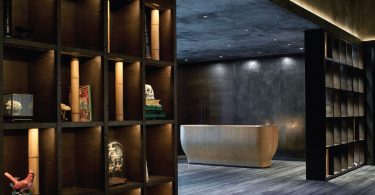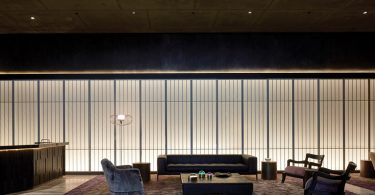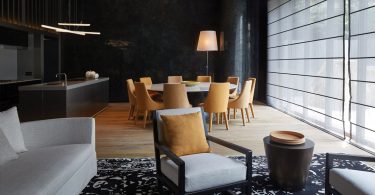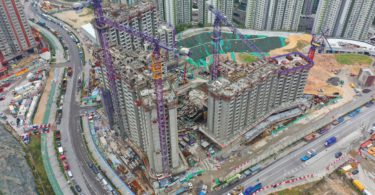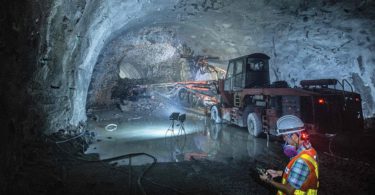The Pavilia Hill is the first development in Hong Kong to embrace the Japanese wabi-sabi design aesthetic and the first large-scale residential project in Hong Kong Island to exemplify the developer’s artisanal movement. This new movement is a progressive approach to artistically inspired living organised by cultural entrepreneur Adrian Cheng, executive vice-chairman and joint general manager of New World Development Company Limited.
Built in close proximity to the city yet surrounded by nature, the pavilion-like villa stands on a hillside. Cheng collaborated with two internationally renowned designers, Shunmyo Masuno and Koichiro Ikebuchi. They focused on the design of the clubhouse and landscape garden in this development.
WABI-SABI DESIGN
Wabi-sabi has a long history in Japan. It is based on the ideas of imperfection, impermanence, simplicity and purity. In line with this design concept, Cheng placed emphasis on handcrafted materials that bring out craftsmanship and cultural heritage on The Pavilia Hill. Following this design aesthetic, the clubhouse is composed mostly of natural materials and has intentionally preserved the original texture of the materials and removed all unnecessary embellishments to emphasise the natural beauty and simplicity of every detail. The indoor swimming pool of the clubhouse is placed on the third floor instead of being located at the podium level to create a sense of intimacy that is common in Japanese onsen hotels. Users can also appreciate the panorama of greenery along the hill. Golden leaves decorate the ceiling of the pool area, which opens out to the hill, while light floods in through the window.
The landscape garden is located between buildings and was inspired by the concept of a zen garden, with an emphasis on the importance of space and spirituality. The architect was able to cleverly blend the terrain into its design, which was profound, elegant and symbolic—an ideal representation of wabi-sabi aesthetic principles.
The transformation from straight lines to curves in the design represented the transition from the rigid constraints of the city to the flowing freedom of nature. The architect designed the garden from the perspective of the user and incorporated a landscape of undulating hills and plants to create an oasis. The landscape designer travelled extensively to find the right stone materials to resonate with the overall architecture and establish a connection with the people. Five distinctive stones found in Mount Gokenzan in Japan were selected and sculpted to represent the five elements of nature in the development’s landscape.
Saleable Area: 32,518 square metres
Number of Units: 358
Building Height: 115.9 metres
Architecture Firm: P&T Architects and Engineers Ltd
Clubhouse Interior Designer: Koichiro Ikebuchi
Landscape Designer: Shunmyo Masuno
Contractor: Hip Hing Builders Company Limited
Mechanical & Electrical Engineer: Meinhardt (M&E) Ltd
Civil & Structural Engineer: C M Wong & Associates Ltd
Images/Photos: New World Development Company Limited

 Malaysia
Malaysia Singapore
Singapore Indonesia
Indonesia Tiếng Việt
Tiếng Việt ประเทศไทย
ประเทศไทย


